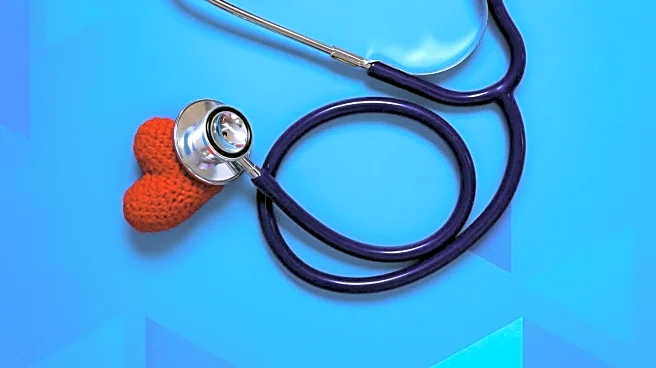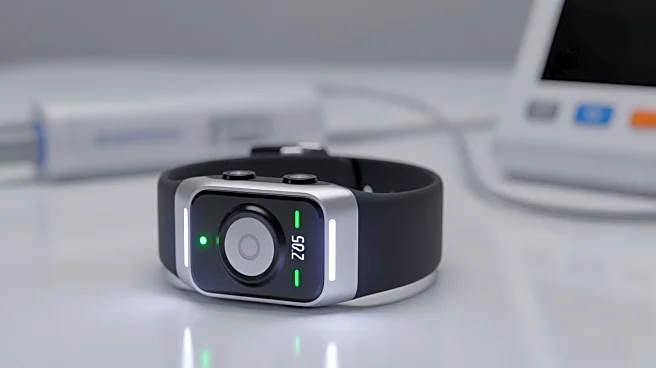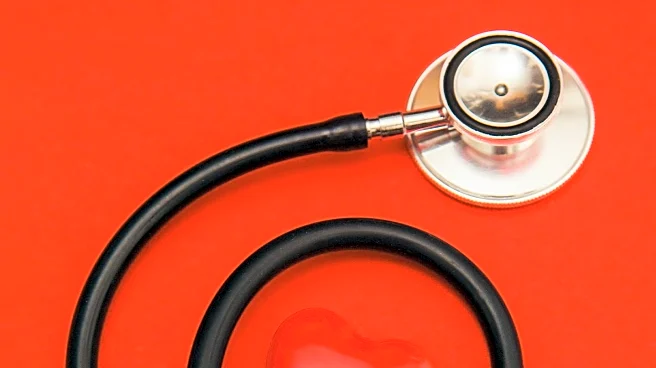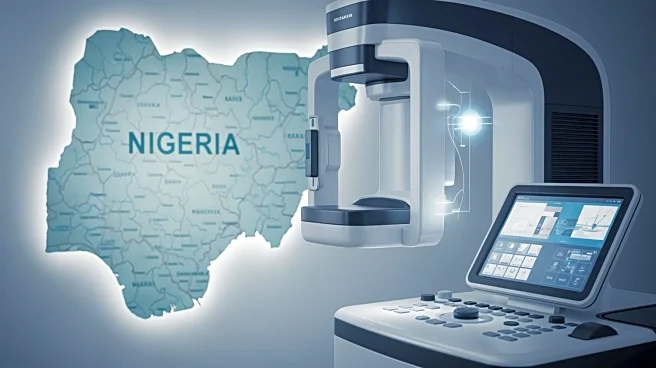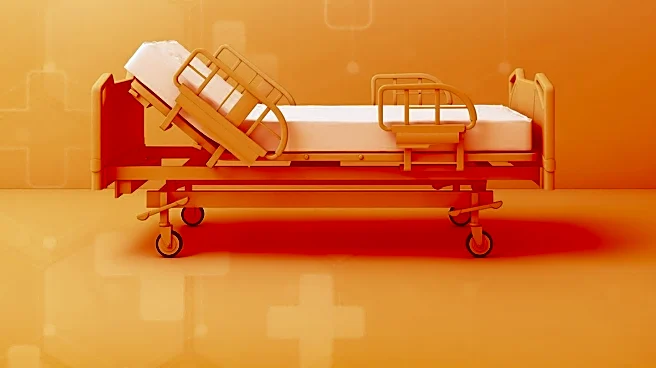What's Happening?
Researchers at the University of Exeter Medical School have developed a new method to improve the accuracy of blood pressure measurements taken at the ankle. This approach is particularly beneficial for
individuals who cannot have their blood pressure measured on the arm due to disabilities, missing limbs, or movement difficulties following a stroke. The study, published in BMJ Open, involved data from over 33,000 individuals worldwide and was funded by the National Institute for Health and Care Research (NIHR). The researchers have also introduced an online calculator to assist healthcare professionals and patients in interpreting ankle blood pressure readings more accurately. This development addresses a significant health inequality by providing a reliable method for those who previously could not have accurate blood pressure measurements.
Why It's Important?
The new method has the potential to significantly impact the healthcare of individuals with disabilities or conditions that prevent traditional arm-based blood pressure measurements. High blood pressure is a major risk factor for heart disease, stroke, and kidney problems, affecting over a billion people globally. Accurate measurement is crucial for diagnosis and treatment. The new method could reduce misdiagnoses by providing more accurate readings for those who rely on ankle measurements. This advancement could lead to better management of high blood pressure, particularly for stroke survivors and individuals with upper limb loss, thereby improving their quality of life and reducing anxiety about potential health risks.
What's Next?
The introduction of this method and the online calculator could lead to widespread adoption in healthcare settings, offering a more inclusive approach to blood pressure monitoring. Healthcare providers may begin integrating this method into routine checks, especially for patients with known disabilities or post-stroke conditions. The research could also prompt further studies to refine and validate the method across diverse populations. Stakeholders such as healthcare organizations and patient advocacy groups may advocate for the method's inclusion in standard practice guidelines, potentially influencing policy changes to ensure broader access to accurate blood pressure monitoring.
Beyond the Headlines
This development highlights the importance of personalized healthcare solutions that address specific needs of diverse patient groups. It underscores the ethical imperative to provide equitable healthcare access and the potential for technology to bridge gaps in medical care. The method could also inspire similar innovations in other areas of healthcare, promoting a more inclusive approach to medical diagnostics and treatment.


